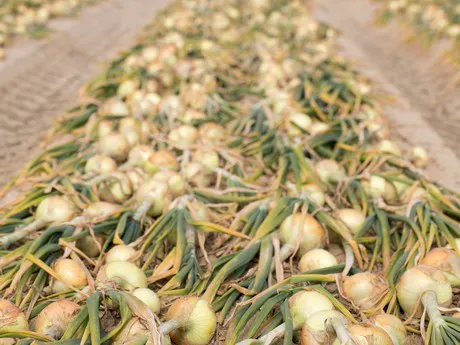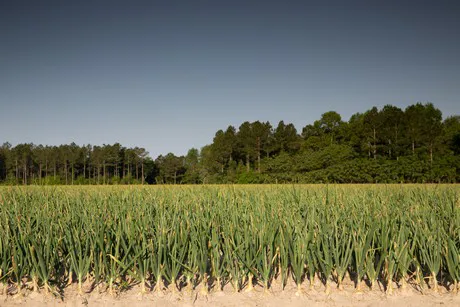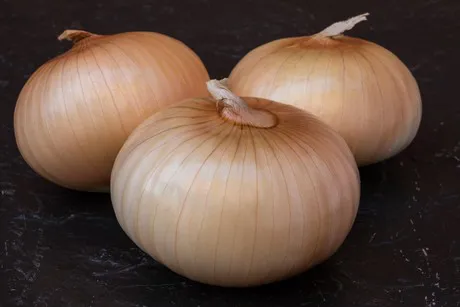Vidalia onions saw good movement this year.
“We have finished our season for Vidalias. We try to have a good supply through Labor Day,” says Bob Stafford of the Vidalia Onion Committee in Vidalia, Ga. Vidalias, a sweet onion harvested from mid-April to June, are only grown in Georgia and the product is under the careful eye of the Georgia Department of Agriculture. “We sell about half of our crop on fresh and we will put about three million 40 lb. units in cold storage and we’ll sell them through to Labor Day,” says Stafford.

Stafford notes that the region generally plants about 12,000 acres annually of Vidalias. “And we sold the usual amount this year. We sold about 5.3 million 40 lb. units and last year we sold about 5.7 lbs. lb. units so it’s pretty well the same. We have a built in customer base for 5-7 million 40 lb. units,” he says.
Weather challenges
Demand was about the same for the onions and the quality was good too. “The sizing might have been down just a tad. We had some unusual weather so some snow and freezing temperatures to start with and that caused us to have a bit of loss but we still had a pretty normal volume,” says Stafford. Most of the customer base for Vidalias is in the Northeast. This balance of supply and demand led to similar pricing to last year as well.

With the season behind them, Stafford notes that the industry continues to look into product development for the future, as well as harvesting technology. “Vidalia onions are all hand harvested. But we’re looking into more mechanical harvesting. Our onion is so brittle and fresh that it’s harder to harvest it with a machine because it’s easy to bruise,” he says. “The sweeter an onion is, the more brittle it is.”

A mechanical future?
Other developments the industry is pursuing are in varieties of onions and mechanical planting. “We work closely with the University of Georgia and we’re working with different varieties and the shape of the onion. We want to keep the shape and we strive to come up with onions with more shelf life in the stores. But we need that sugar content,” he says. “We also work closely with the seed companies and do that work in our research centre. We’ve got a lot of experimental varieties there.”
For more information:
Bob Stafford
Vidalia Onion Committee
Tel: +1 (912) 537-1918
bstafford@vidaliaonion.org
www.vidaliaonion.org
